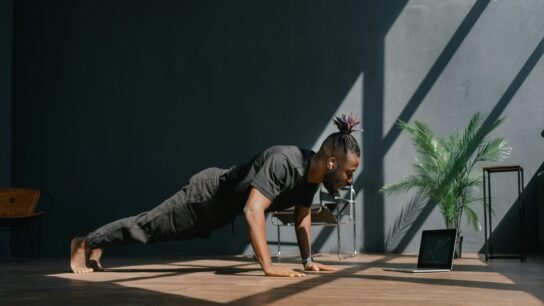Creating a home gym is a fantastic way to stay fit without the hassle of going to a commercial gym. However, when space is limited, the challenge becomes how to set up a functional and efficient workout area. Fear not! With some creativity and smart planning, you can transform even the smallest spaces into a personal fitness haven. Here’s your ultimate guide to setting up a home gym in small spaces.
1. Assess Your Space
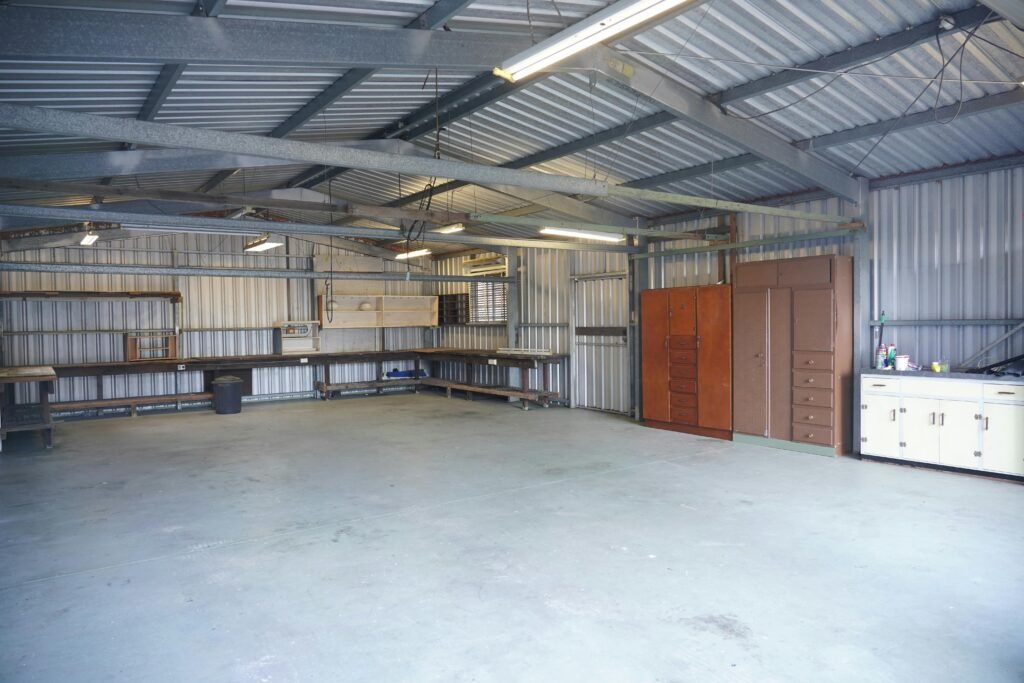
First, evaluate the area you have available. Measure the dimensions and consider any potential obstructions, such as doors, windows, or furniture. Common spaces for small home gyms include:
- Spare bedrooms
- Corners of a living room
- Basements or attics
- Garages
- Balconies or outdoor patios
Understanding the space will help you determine what equipment can fit and how to arrange it efficiently.
2. Prioritize Essential Equipment

In a small space, every piece of equipment must earn its place. Focus on versatile, multi-functional items that provide a full-body workout. Here are our top picks:
- Resistance Bands: Lightweight, portable, and versatile, resistance bands can be used for strength training, stretching, and mobility exercises.
- Dumbbells or Kettlebells: These are great for a variety of strength training exercises. Adjustable dumbbells can save space and offer different weight options in a single set.
- Foldable Bench: A foldable or adjustable bench can enhance your weight training routine and be easily stored away when not in use.
- Yoga Mat: A yoga mat is essential for floor exercises, stretching, and yoga. It can be rolled up and stored compactly.
- Suspension Trainer: A suspension trainer like TRX can be anchored to a door or ceiling mount and offers a wide range of exercises using body weight.
- Jump Rope: For cardio, a jump rope is a compact, effective option that takes up minimal space.
3. Maximize Vertical Space
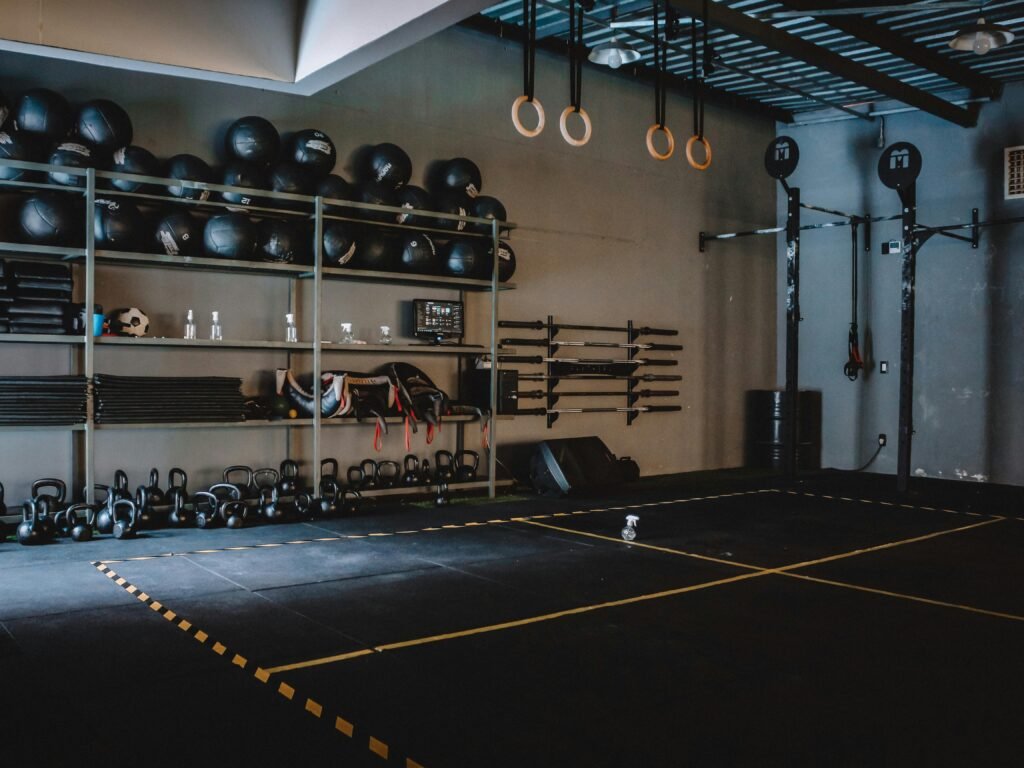
When floor space is limited, think vertically. Use wall-mounted racks, shelves, and hooks to store equipment. Here are some ideas:
- Wall-mounted racks: For dumbbells or kettlebells
- Hooks: For resistance bands, jump ropes, and suspension trainers
- Shelves: For storing smaller items like yoga blocks and foam rollers
4. Create a Multipurpose Area
If your home gym shares space with another room (like a bedroom or living room), consider ways to make the area multifunctional. Opt for furniture that can double as gym equipment storage. For example:
- A storage ottoman can hold smaller fitness items.
- A foldable treadmill can be stored under the bed or sofa.
5. Invest in Compact and Foldable Equipment
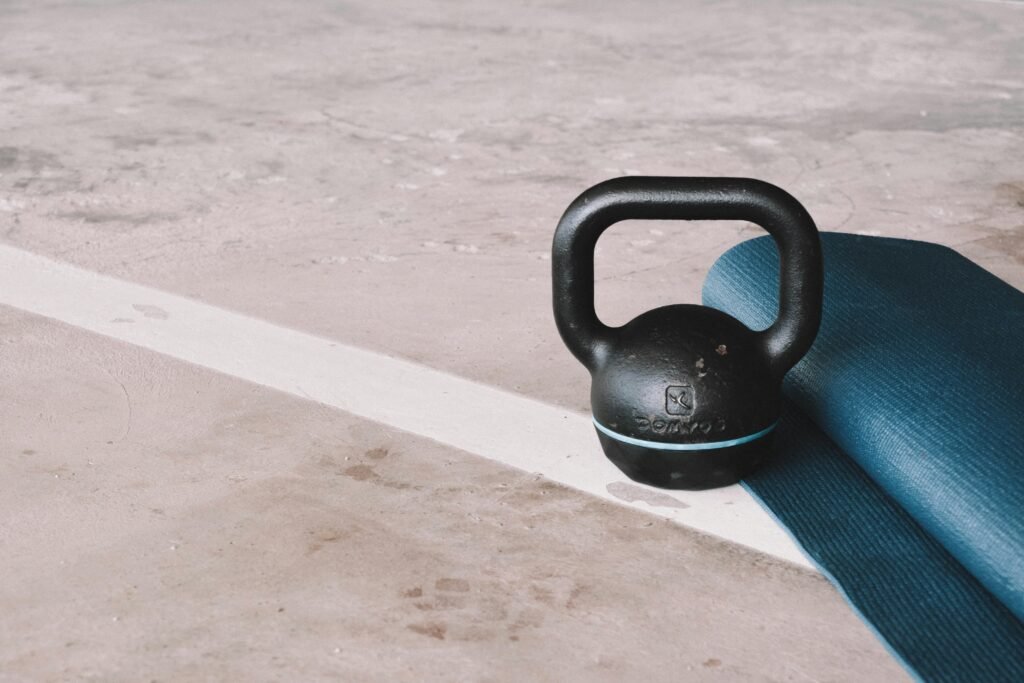
To make the most of a small space, look for equipment that is specifically designed to be compact or foldable. Some examples include:
6. Use Technology for Guidance

When space is tight, having a virtual trainer or workout app can be incredibly beneficial. Consider using:
- Fitness apps with guided workouts
- Online classes or YouTube channels for workout routines
- A wall-mounted tablet or TV for easy viewing of workout videos
7. Personalize Your Space
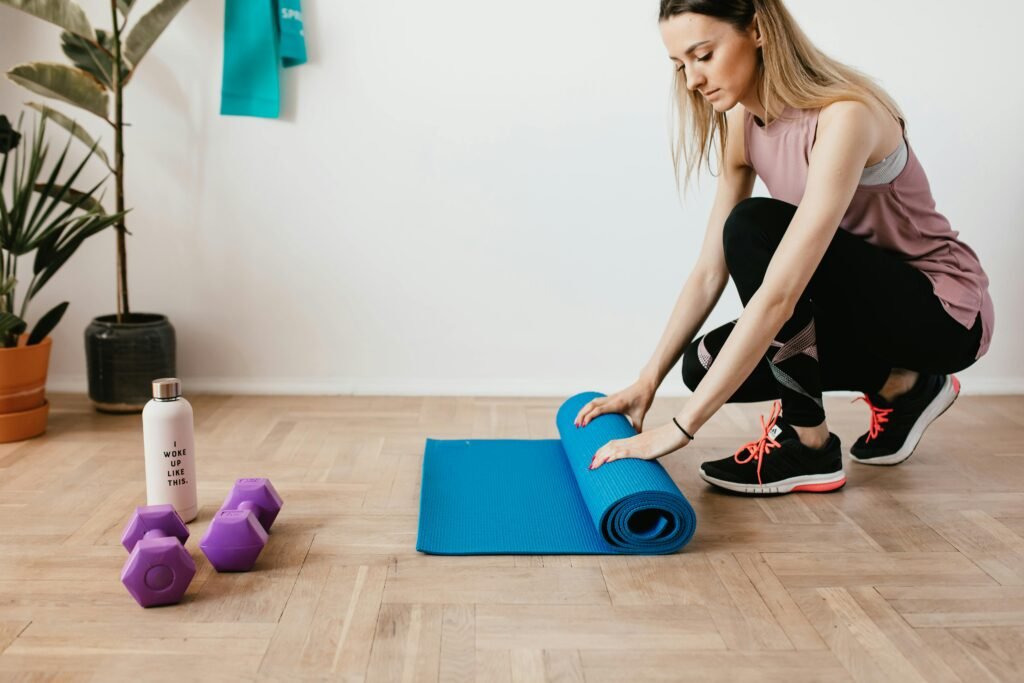
Lastly, make your home gym a place you enjoy spending time in by adding personal touches. Consider:
- Motivational posters or artwork
- A good sound system or Bluetooth speakers for music
- Plants or other décor to make the space inviting
- Colourful LED lighting
Conclusion
Setting up a home gym in a small space may require some ingenuity, but it’s entirely possible. By prioritizing essential, versatile equipment, utilizing vertical space, and keeping your area organized, you can create a functional and enjoyable workout environment. Remember, the best home gym is one that you will use consistently, so make it fit your lifestyle and personal preferences. Happy training!
